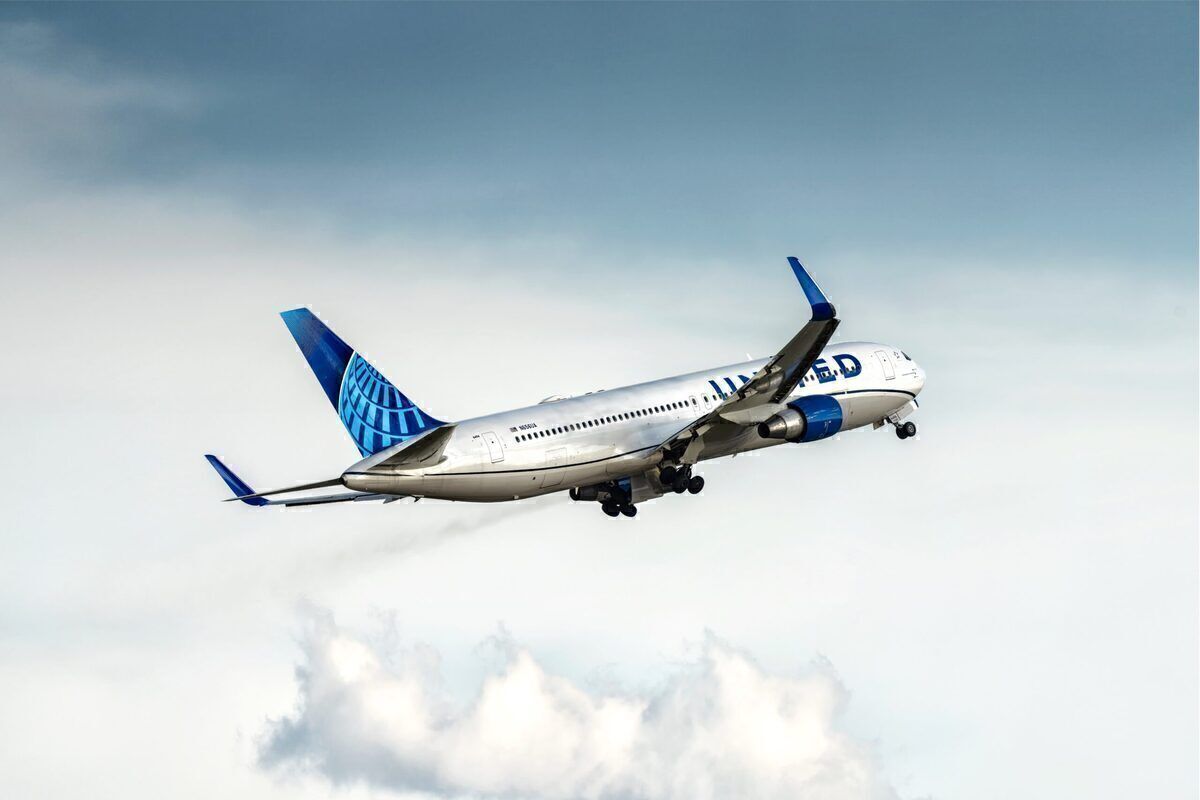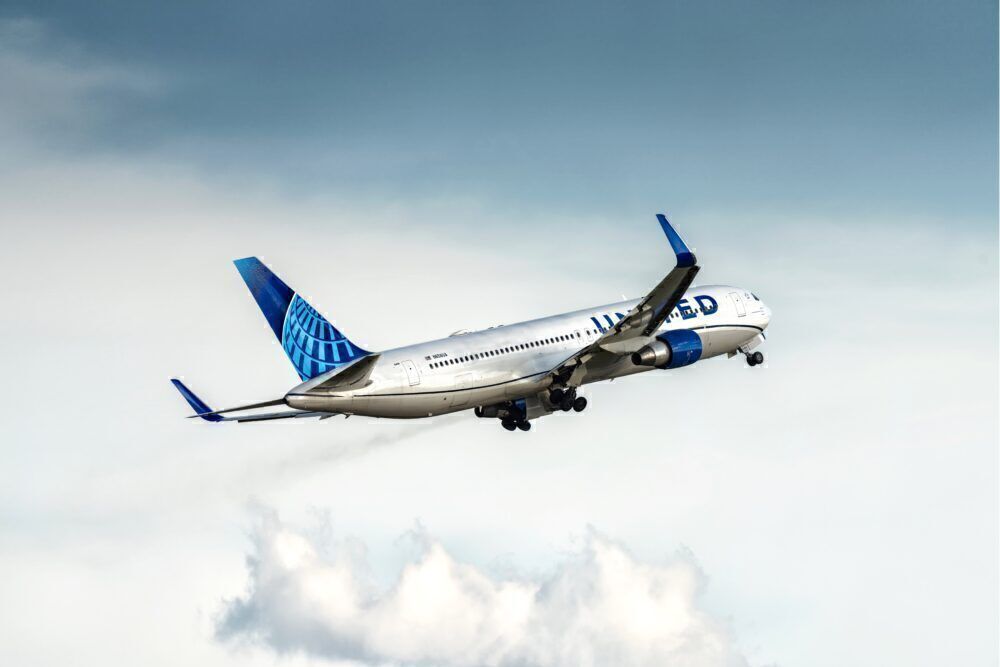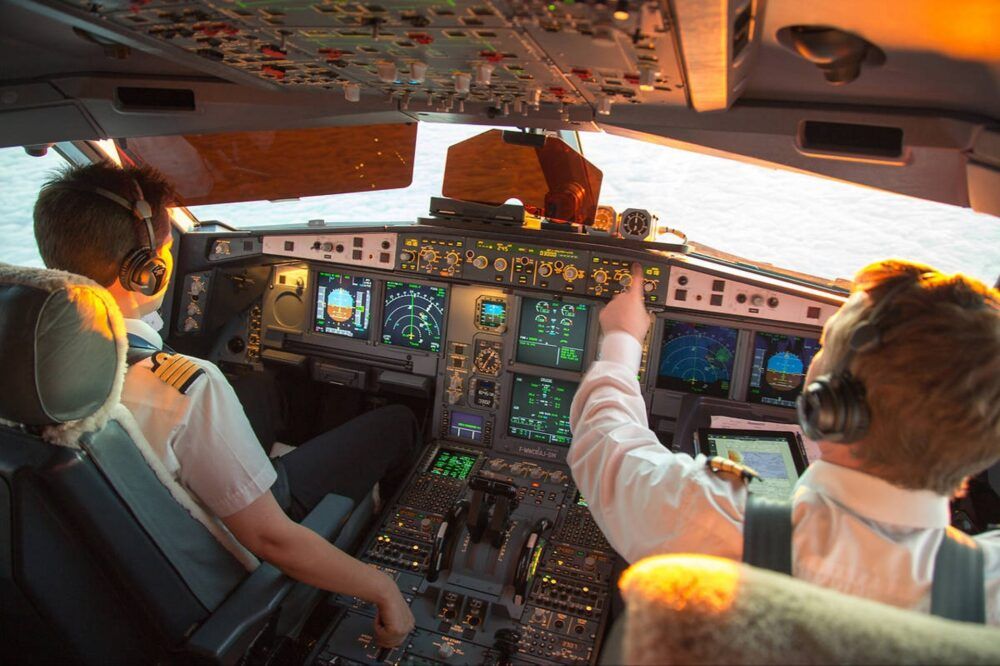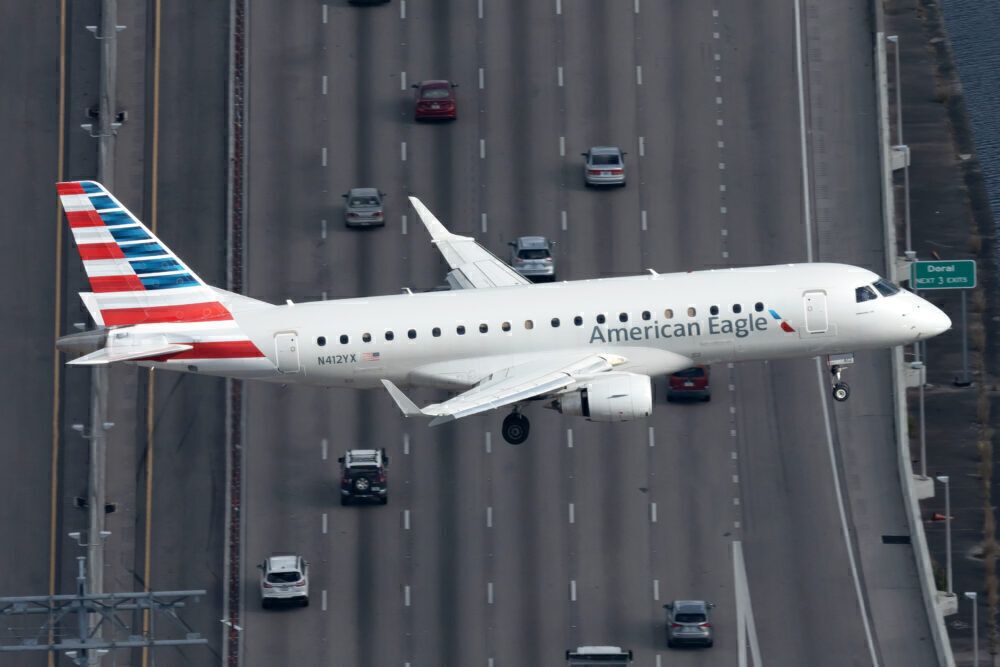An aircraft depressurization scenario can be a little bit intimidating for passengers, particularly when the oxygen masks drop down from the ceiling. But, in reality, this situation is nowhere near as alarming as it may appear. The question that many passengers would want to answer is how the pilots deal with aircraft depressurization.
In such a scenario, pilots are trained to deal with the problem via a memory drill that is often referred to as an emergency descent. The word 'emergency' again makes this sound somewhat alarming, but the process is a relatively standard procedure that can be instigated in several different scenarios.
Stay informed: Sign up for our daily and weekly aviation news digests.
Emergency descent
As the name would suggest, an emergency descent involves reducing the altitude of a plane in the shortest period of time possible, taking into account the limitations and safety of the aircraft. Emergency descents are also used when a fire is discovered onboard an aircraft.
In the event of an emergency descent, the crew onboard an aircraft will follow emergency procedures and the manufacturer's guidance regarding the conduct of the flight and management of aircraft systems. The flight crew and pilots will also immediately wear oxygen masks themselves, once a depressurization incident occurs.
It is notable that emergency descents may feel somewhat dramatic, but this isn't because anything is awry. It is simply because the airline is descending to the requisite altitude in the shortest possible period of time. The procedure certainly isn't unsafe.
Recalibrating altitude
When recalibrating altitude in an emergency descent, pilots will usually aim to take the plane to around 10,000 feet. The reason for this is that reduced levels of oxygen are known to have little effect on human beings at altitudes of below 10,000 feet.
Air-traffic control will also be informed of the situation, and a mayday signal will be declared. Clearance for descent will be sought, particularly if the aircraft is traveling in an area in which there are several other flights in relatively close proximity.
The plane may continue to fly at a relatively low altitude for the remainder of the flight.
Passenger advice
When oxygen masks fall from a plane’s ceiling, there is certainly no cause for alarm, as there are already simple procedures in place in order to deal with the situation. Calmness is recommended by pilots and cabin crew should this occur, while passengers should naturally put on their oxygen masks as quickly as possible.
One pilot who spoke to The Daily Express newspaper in the UK on the subject also advised passengers “to listen very carefully to the cabin crew demonstration at the start of the flight rather than being on a phone.” So if everyone follows the basics onboard a flight when depressurization occurs, there should be absolutely no cause to be concerned.




